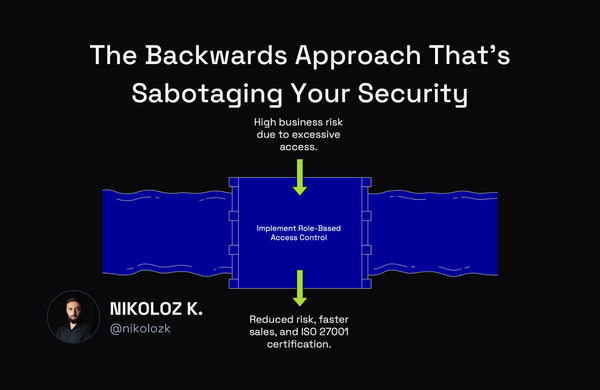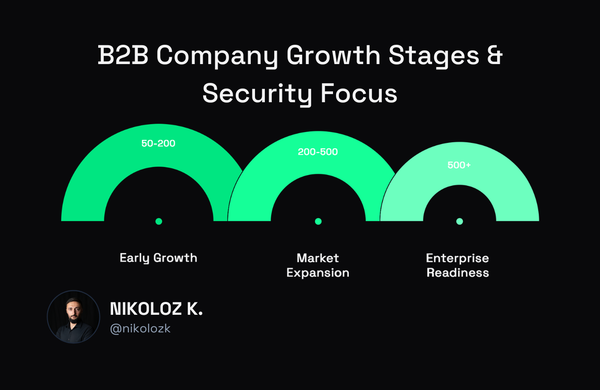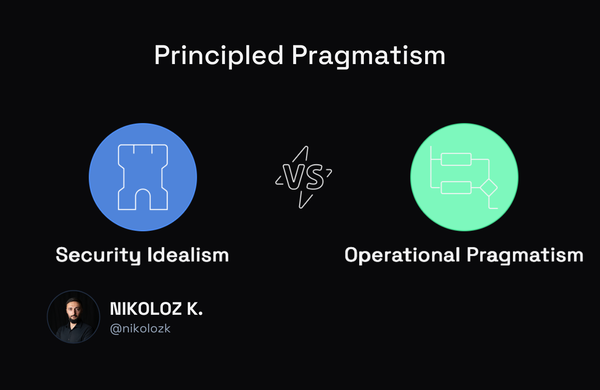Addressing Vulnerability Management in Corporate Environment

Nikoloz Kokhreidze
Explore why only 26% of vulnerabilities get closed and how effective risk communication and process optimization can improve corporate vulnerability management.

In corporate cybersecurity, vulnerability management remains a significant challenge for many organizations. A recent NCC Group analysis shows that only 26% of discovered vulnerabilities were classified as "closed" over nine years. This article delves into the underlying reasons for this issue and provides insights on tackling vulnerability management within a corporate environment.
The Importance of Risk Communication and Process
To address vulnerabilities effectively, it is crucial to understand the associated risks clearly and have well-defined processes in place. In many cases, the main issues preventing vulnerabilities from being fixed can be grouped into two primary categories: risk and process.
1. Risk: It is essential to communicate the risks associated with vulnerabilities to decision-makers within an organization. This involves translating technical risks into business risks that non-technical stakeholders more easily understand. This helps to ensure that top management fully grasps the potential consequences of not addressing vulnerabilities and is more likely to allocate resources and support to resolve them.
2. Process: Establishing straightforward processes for managing vulnerabilities is vital to ensure timely and effective remediation. This includes proper IT inventory management, asset ownership, and vulnerability prioritization. Necessary steps may be overlooked without well-defined processes, leading to unaddressed vulnerabilities.
Need a Fractional CISO?
Turn security from bottleneck into business enabler
13+ years building security programs across FinTech, FMCG & enterprise
Getting Support and Making it Work
Successfully addressing vulnerabilities within a corporate environment requires the support and cooperation of both top and middle management.
1. Getting Support (Top-Management): Gaining the support of top management is crucial for successfully implementing vulnerability management processes. This can be achieved by presenting the risks associated with vulnerabilities in a way that is easily understood by non-technical stakeholders, such as discussing the potential financial, legal, and competitive consequences.
2. Making it Work (Middle Management): Once top-management support has been secured, it is crucial to ensure that middle management is on board with the proposed vulnerability management processes. This can be achieved by using effective communication and influence techniques, such as discussing the benefits of addressing vulnerabilities, empathizing with the challenges faced by middle management, and providing specific guidance on how they can assist in the process.
Conclusion
Vulnerability management is a complex and challenging aspect of corporate cybersecurity. Still, with a clear understanding of the risks involved, well-defined processes, and the support of both top and middle management, organizations can significantly improve their ability to address vulnerabilities effectively. Organizations can build a more secure and resilient corporate environment by adopting a strategic approach to vulnerability management and fostering a culture of collaboration and communication.


